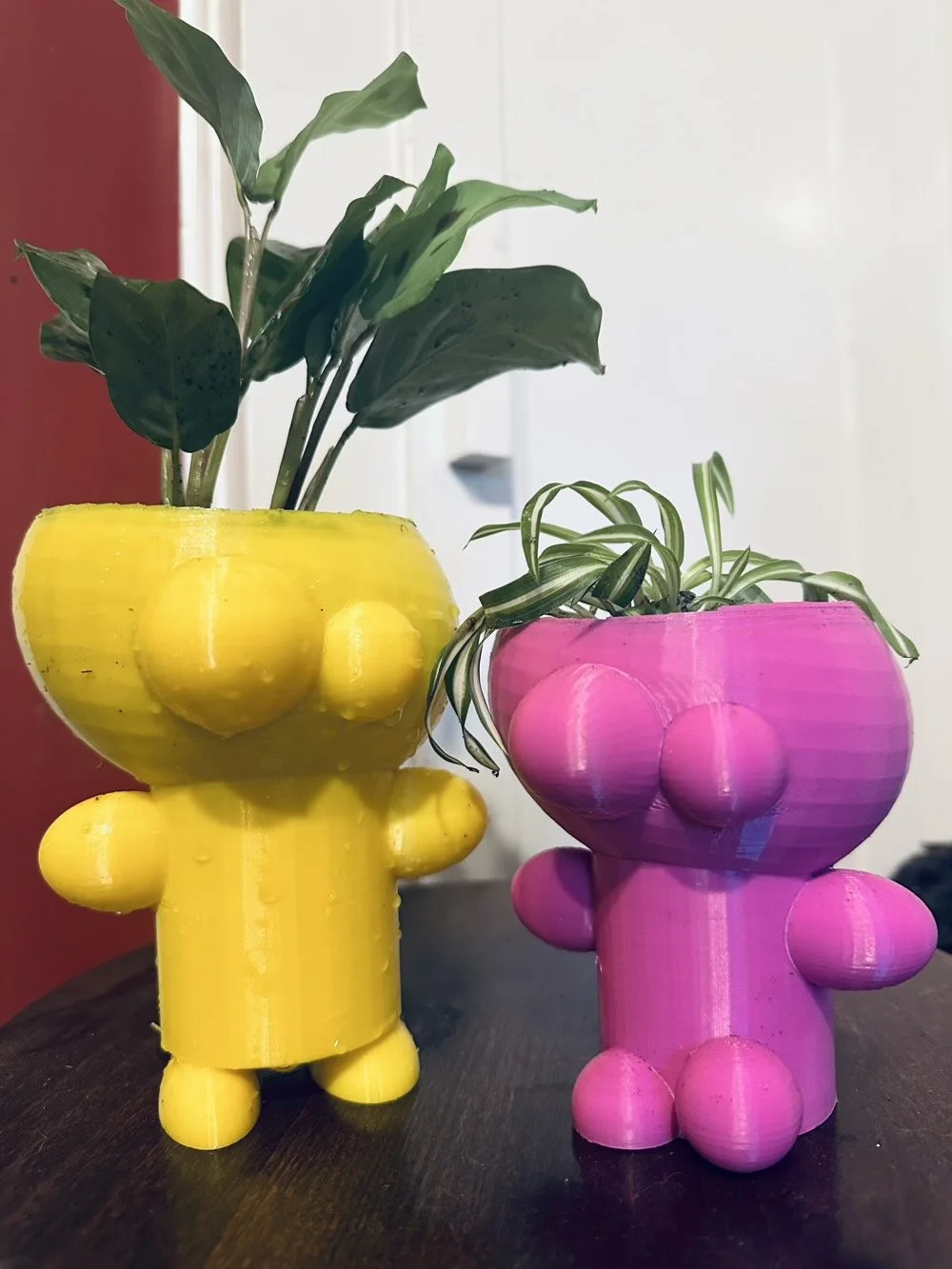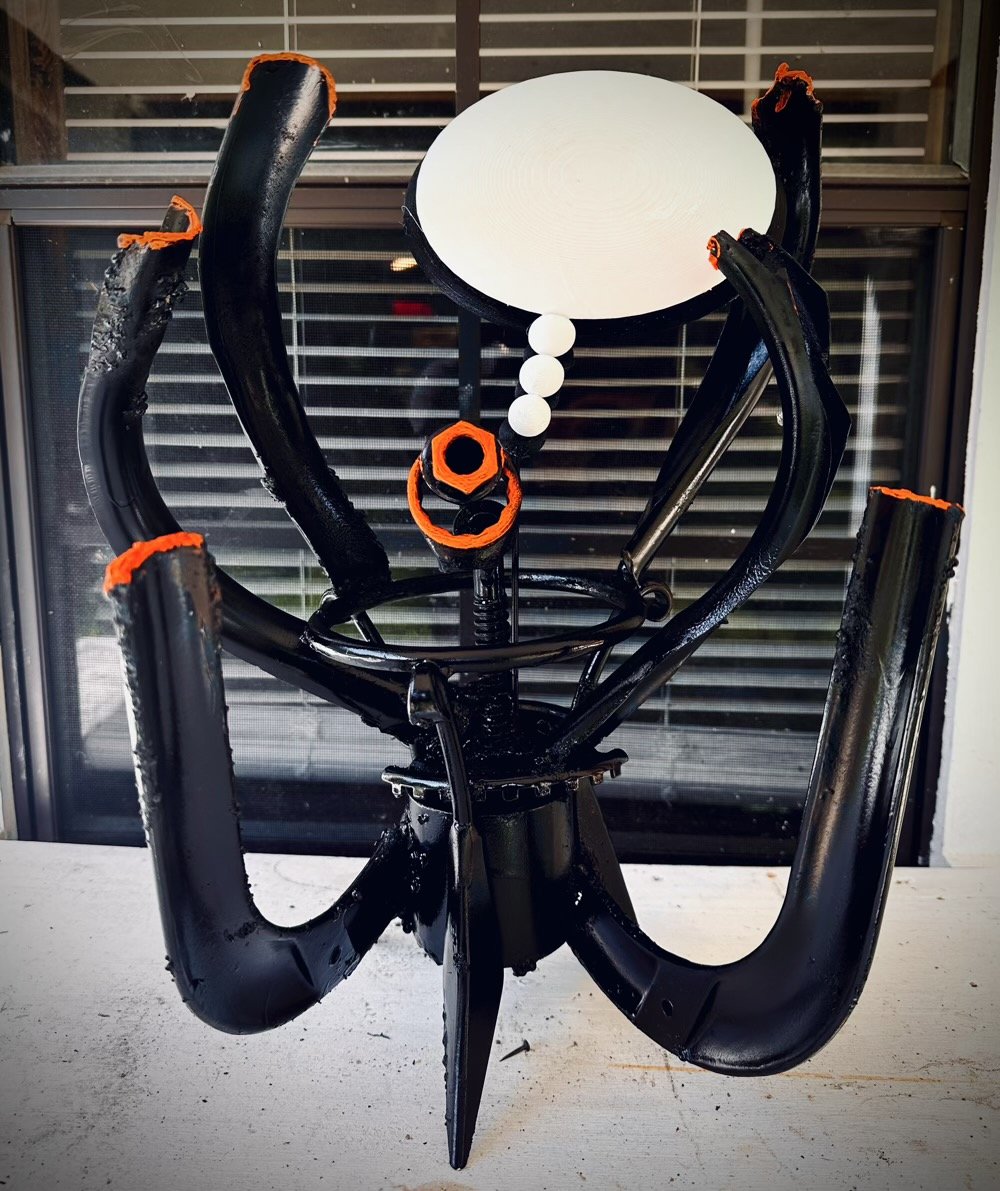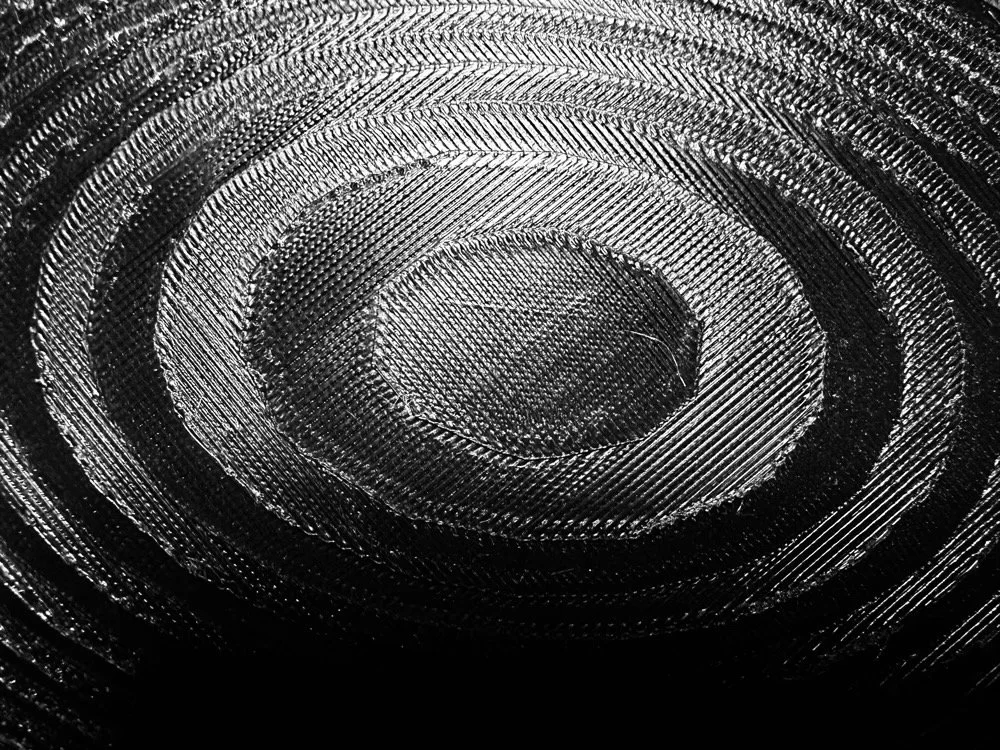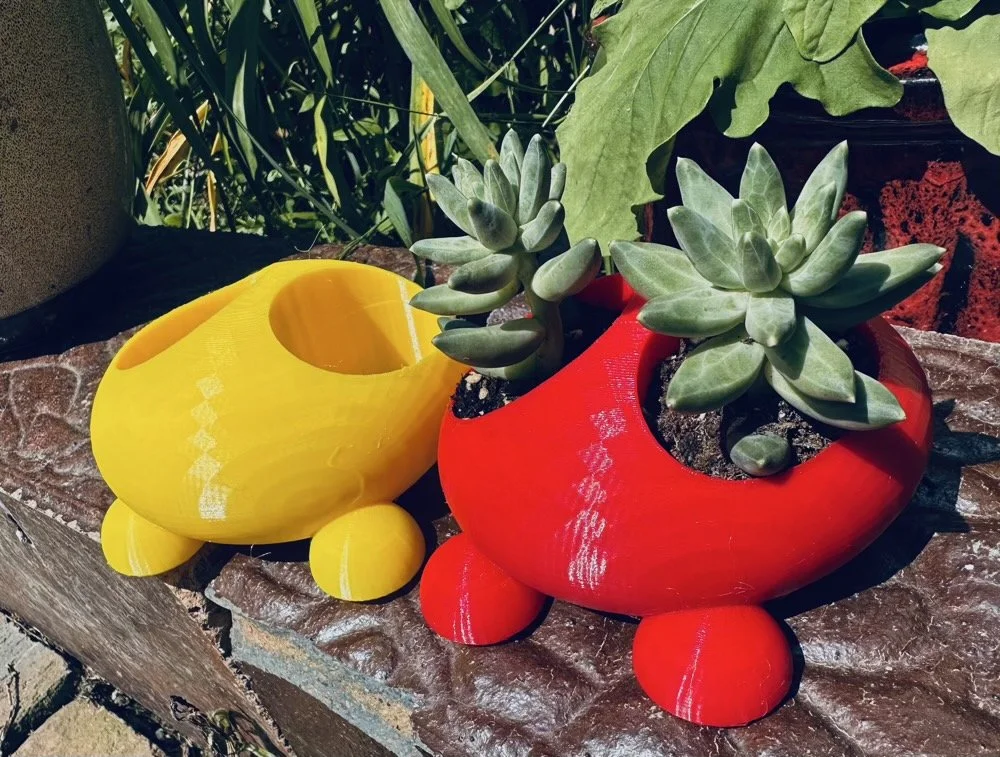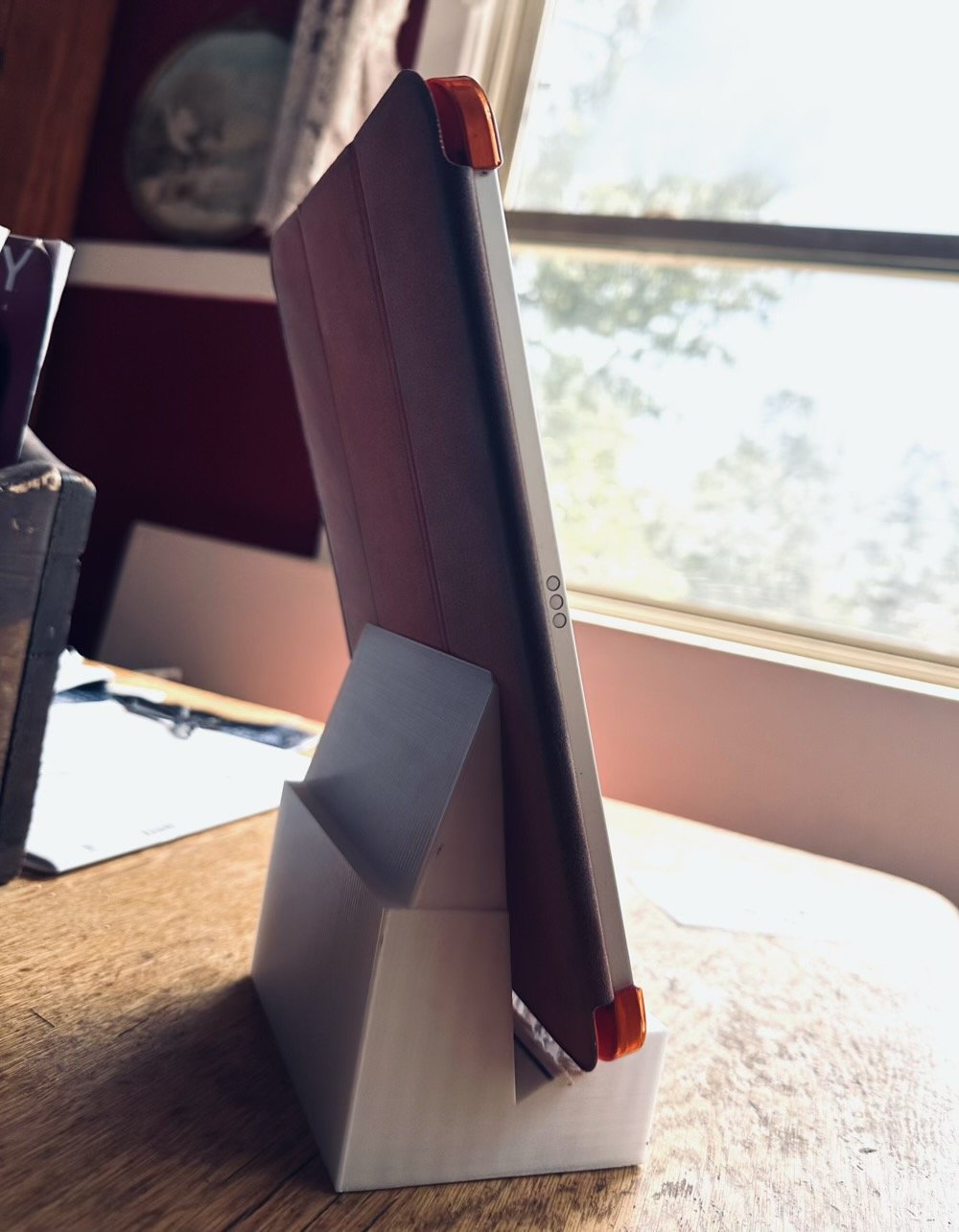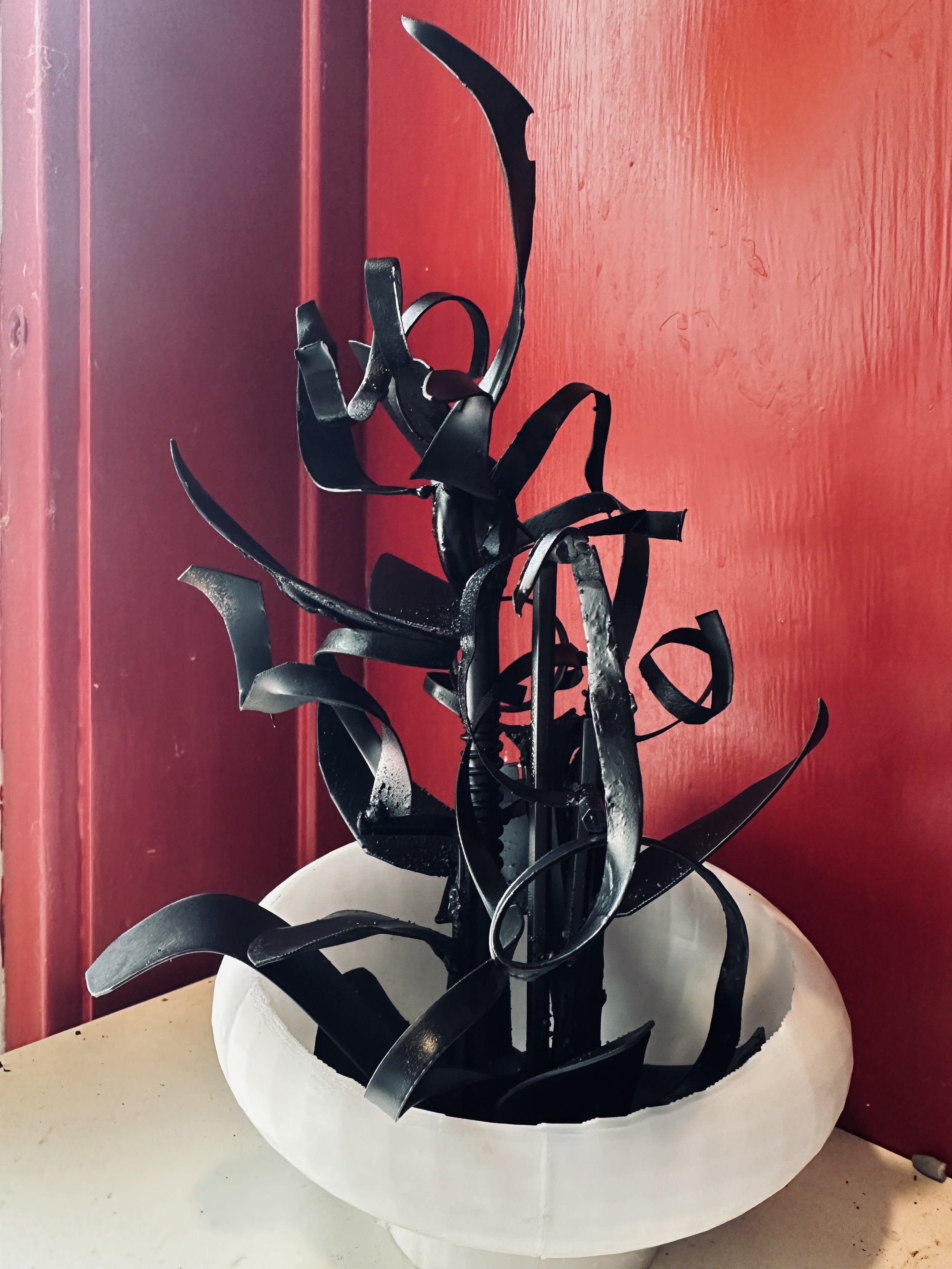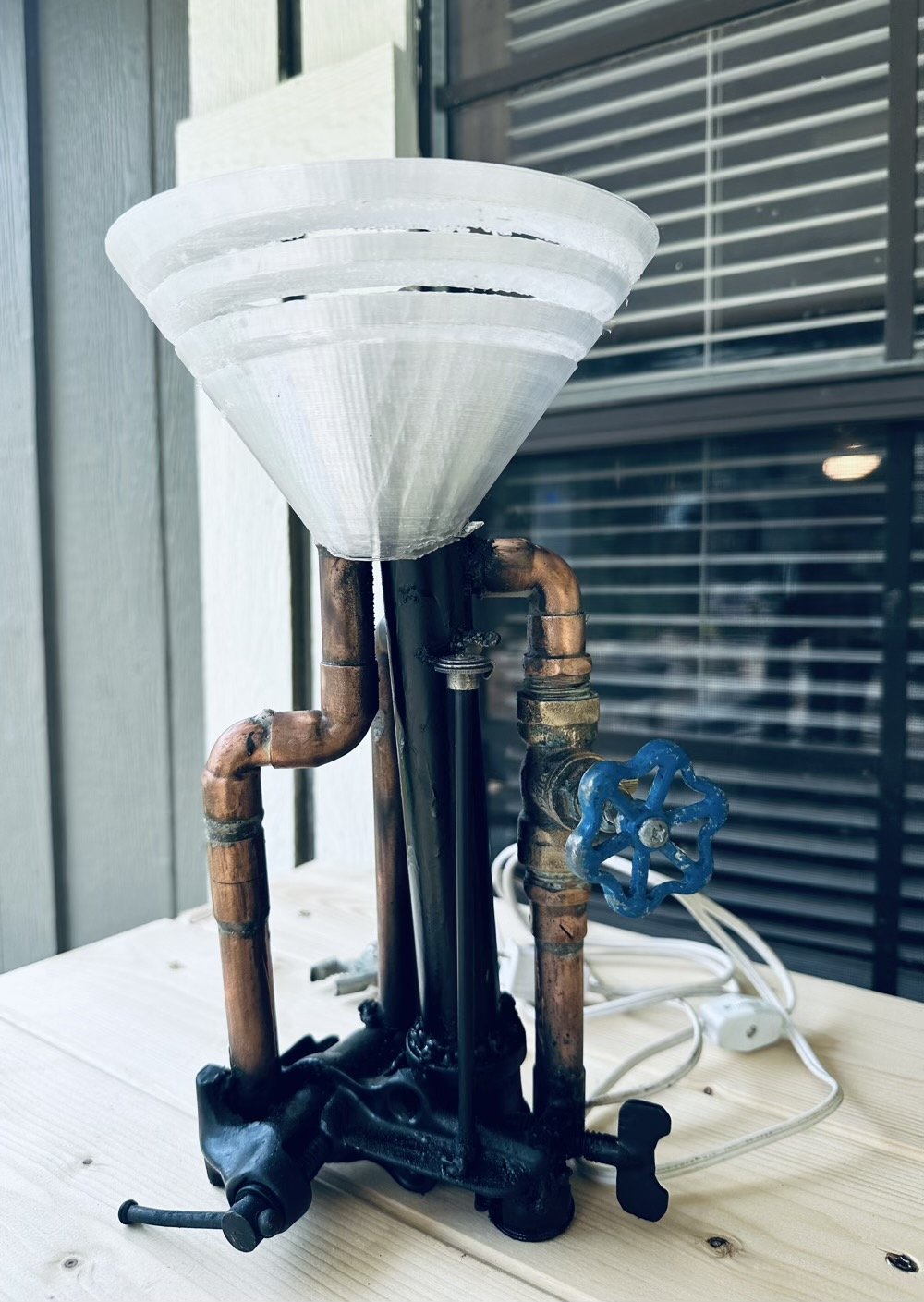3D printer + food waste + AI
The technology works through a combination of artificial intelligence and 3D printing. Users simply place their food waste into the machine, and the accompanying mobile app uses AI to analyze the materials through the phone’s camera. The system uses a self-trained object detection model to identify food types and assess their printability, then suggests appropriate “print recipes” based on the physical properties of your waste materials. The printer can create a wide variety of useful items from your kitchen scraps. Users can print cup holders, coasters, decorative items, and custom designs by simply dropping in food waste and selecting the desired form and size. The built-in material processing module helps users mix waste with natural additives to form a printable bioplastic paste, making the entire process seamless and accessible.
via Yanko Design
